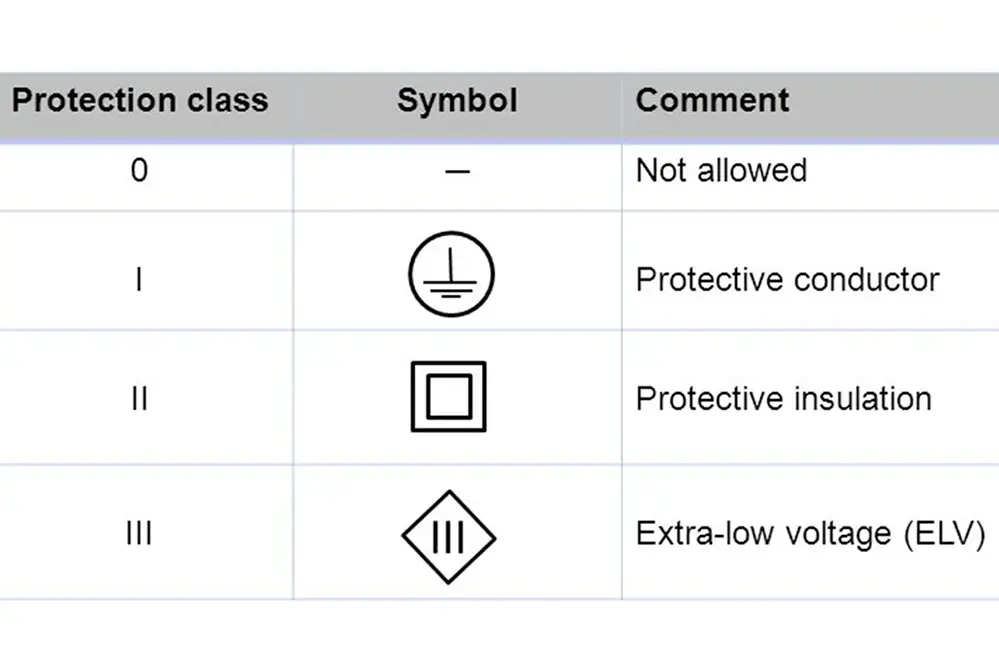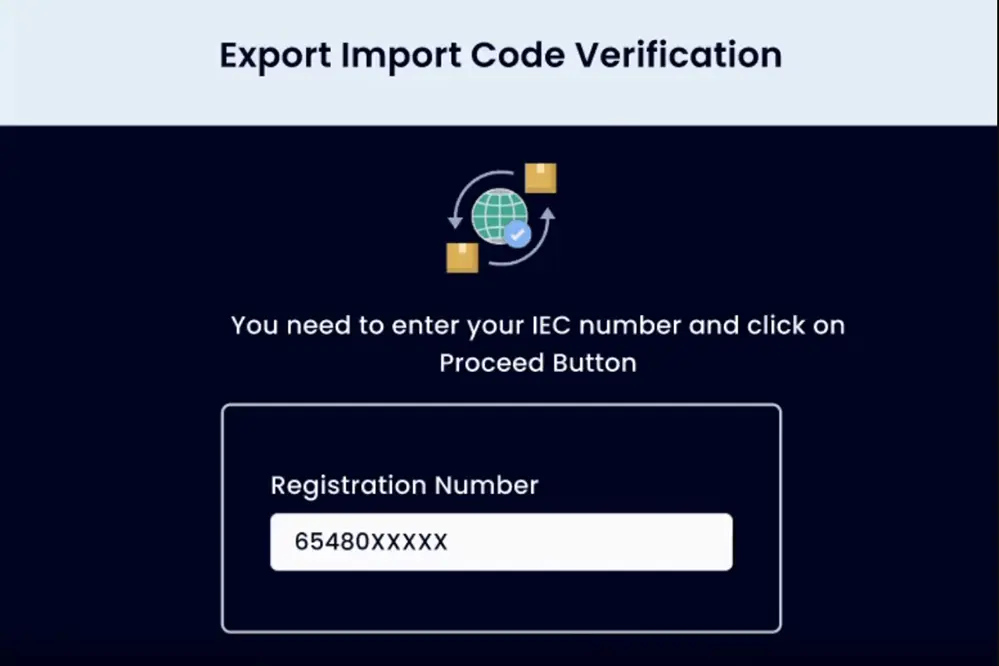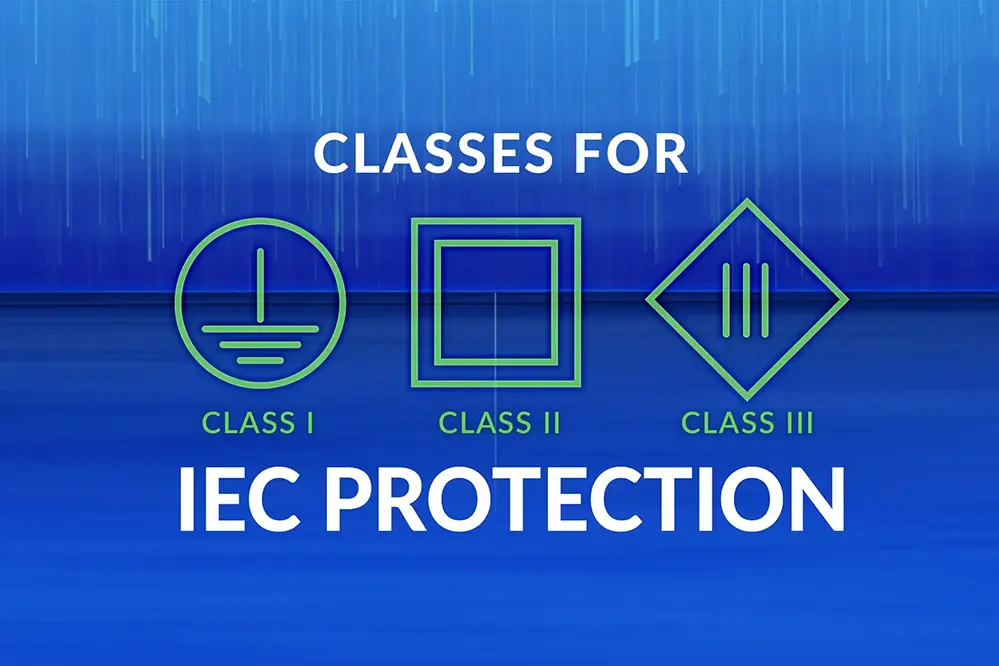In the vibrant world of modern lighting, the significance of IEC protection classes for LED luminaires cannot be overstated. Imagine a bustling cityscape where every streetlight and building is illuminated by LEDs that not only shine brightly but are also fortified against environmental challenges. This vision is made possible by understanding and applying IEC protection standards, which serve as a beacon of assurance for manufacturers and consumers alike.
The importance of these standards is underscored by the projected growth of the global LED lighting market, expected to reach $127.84 billion by the new year. This rapid expansion highlights the critical need for reliable protection measures to ensure the longevity and performance of LED luminaires. IEC protection classes provide the framework necessary to safeguard these vital components from dust, moisture, and other environmental factors, enhancing both safety and efficiency.
As we delve deeper into the intricacies of IEC protection classes for LED luminaires, we will uncover the layers of protection that are transforming the landscape of LED lighting. Join us on this enlightening journey to discover how these standards are ensuring a brighter and more secure future for all, paving the way for innovations that illuminate our world with confidence and sustainability.
Introduction to IEC Protection Classes

In the realm of lighting, understanding IEC protection classes for LED luminaires is key to ensuring longevity and optimal performance.
These standards, set by the International Electrotechnical Commission (IEC), provide a comprehensive framework ensuring that LED luminaires are safe and effective, protecting them from various environmental factors like dust and moisture. This classification elucidates the durability and operational limits of lighting fixtures in diverse conditions, enhancing reliability and user confidence.
Fundamentally, IEC protection classes form a universal language for manufacturers and consumers, ensuring that luminaires can withstand specific challenges. As architects and engineers delve into these standards, they can specify products that ensure safety while maximizing energy efficiency and cost-effectiveness in lighting installations.
Confidently navigating the vast array of protection classes inspires innovation and sets new benchmarks in illuminating spaces with LED technology. By embracing these classifications, the industry not only champions sustainability but also spearheads advancements that empower us to illuminate our world brighter and smarter, ensuring every luminaire excels in its intended environment.
Importance of IEC Standards for LED Luminaires
IEC standards are pivotal in ensuring the safe and efficient operation of LED luminaires across a myriad of environments.
In recent years, global legislation, a driving force behind innovation, reverberated with initiatives that align LED luminaires with stringent safety benchmarks and environmental standards, thus securing both functionality and compliance.
Indeed, it’s a new dawn where high standards transcend the technical; they embody a promise of optimized performance for LED luminaires, meeting the diverse needs of innovative lighting projects.
Adhering to the rigor of these standards guarantees that manufacturers aren’t merely keeping up with a race but leading with cutting-edge designs that offer unprecedented quality, unmatched in resilience and global applicability.
Ultimately, these luminous pathways beam with the promise of brighter, sustainable futures guided by the beacon of IEC standards.
Overview of IEC Protection Classes
The International Electrotechnical Commission (IEC) has ushered in a new era of protection standards, diligently crafting a framework that ensures LED luminaires can shine brightly, confidently guiding us toward a future where lighting solutions are both innovative and secure.
These standards classify luminaires based on their protection against electrical shock.
Standard IEC protection classes for LED luminaires include Class I, II, and III.
Each classification brings its distinct feature and design, eliminating risks (electrical current redirection for Class I and double isolation for Class II).
By understanding these classes, manufacturers can effectively align their designs with necessary safety protocols, ensuring that each luminaire is equipped to handle its environment’s demands confidently.
Surely, this knowledge empowers the professionals to chart new paths in LED technology, inspiring resilient and future-forward lighting solutions.
Class I Protection
Class I protection represents a robust method of safeguarding users against the hazards of electrical shock. This protection class is characterized by its use of basic insulation in conjunction with a grounding connection. By properly connecting to an earth ground, Class I luminaires mitigate any risk by diverting lingering electrical currents away from users, ensuring an added layer of security.
In a new year, advancements in Class I protection standards have further emphasized the importance of integrating earth connections effectively. By achieving rigorous compliance with these standards, manufacturers can eliminate any residual electrical risks, setting new benchmarks in safety and performance. The design and implementation of these protective measures provide end-users with the assurance of a safer and more reliable lighting experience.
Moreover, it is this comprehensive safety framework that not only safeguards individuals but also instills confidence in the ever-evolving landscape of LED luminaire technology. As the industry continues to innovate, integrating Class I protection serves as a testament to the commitment manufacturers make toward the welfare of their consumers.
Thus, trusted luminaire designs need to continuously evolve, embracing advancements that not only meet today’s stringent regulations but also anticipate tomorrow’s challenges. Through ongoing research, collaboration, and technological enhancements, the lighting industry stands united in its pursuit of safeguarding innovation, aligning with a brighter, safer horizon.
With Class I protection, sophisticated LED luminaires deliver exceptional performance while championing user safety boldly.
Class II Protection
Class II refers to equipment that doesn’t rely on basic insulation alone.
Instead, it incorporates additional layers of protection. The main advantage of Class II protection in LED luminaires is that it provides an extra layer of safety, designed not to depend on a ground connection for electrical shock protection. Typically, insulation is doubled or reinforced to offer immediate protection against unexpected electrical faults.
Protective measures ensure that exposed conductive parts cannot become live.
The brilliance of Class II is its self-sufficiency—ensuring user safety even when grounding systems might falter—by employing advanced insulation techniques and providing unwavering reliability.
By prioritizing Class II protection, manufacturers empower consumers with lighting solutions that embody the pinnacle of safety and efficiency, ensuring that technological innovation keeps pace with ever-evolving standards. This commitment to excellence not only amplifies confidence within the market but also underscores the sustainable future of LED technology.
Class III Protection
Class III protection represents a paradigm shift, aspiring toward a unique vision of efficiency, safety, and convenience for LED luminaires, particularly in low-voltage applications.
These luminaires operate safely at very low voltage levels, minimizing electrical hazards.
Typically, the maximum voltage does not exceed 50 volts AC or 120 volts DC.
These voltage levels substantially eliminate the risk of dangerous electric shock, ensuring user safety.
This class of protection is accomplished through the elimination of high voltage and mitigating potential risks proactively, welcoming a new age of safety-focused lighting solutions.
Ultimately, Class III protection elevates the concept of LED lighting by pushing forward safe, efficient technology. Acknowledging Class III’s potential is indeed a step toward an enlightened future.
Comparing Protection Classes
Protection classes are pivotal for LED luminaires.
They determine how well these lights can withstand environmental hazards. From dust and moisture to electrical surges, luminaire protection ratings safeguard against numerous risks, making them vital in selecting the appropriate lighting solutions. Equally, knowledge of this can optimize performance across varied settings, from homes to businesses.
Numerous benefits arise from understanding these classes.
Each class confers unique advantages: while Class I emphasizes grounding for safety, Class II focuses on insulation, and Class III leverages low voltage to nullify electrical shock risks. Hence, selecting the right protection class significantly enhances safety and functionality.
In a new year, advancements bring innovative solutions globally.
These developments are inspiring novel protective technologies that ensure luminaire resilience, promising robust performance and providing inspirations for future innovations. Harnessing this potential elevates LED technology, offering brighter, safer lighting landscapes worldwide.
Identifying the Right Class for Your Needs
Determining the appropriate IEC protection class for LED luminaires begins with understanding your specific environmental and operational demands. Consider the locale and conditions in which the luminaires will operate.
Think about whether the environment is prone to dust, moisture, or electrical surges.
Identifying the potential hazards allows for selecting a luminaire with a robust protection class that suits a myriad of applications. This decision assures not only longevity and resilience but also the safety of both users and installations.
A clear understanding of the distinct features of Class I, Class II, and Class III can guide your selection process. By aligning these classes with your needs, you ensure a well-rounded solution that safeguards against unpredictable elements, ensuring peace of mind and operational excellence. Each class is designed to “shine” in specific circumstances, optimizing both functionality and safety for diverse environments.
Benefits of Proper IEC Protection
Proper IEC protection ensures that LED luminaires function optimally, safeguarding them against external threats and prolonging their lifespan.
The advantages of adhering to IEC protection standards are immeasurable for modern lighting solutions, enabling these luminaires to withstand harsh conditions. With well-engineered defenses, these luminaires resist not just inclement weather, but also inadvertent physical impacts, ensuring continuous operation. By employing robust protection, organizations can confidently install lighting systems that showcase exceptional performance in demanding environments.
Importantly, this protection translates into a safe environment for both equipment and personnel. By mitigating risk factors, manufacturers and users alike can trust that these installations will remain reliable and hazard-free, facilitating smooth operations and eliminating costly downtimes.
Additionally, embracing appropriate protection classes elevates the luminaire’s overall energy efficiency, as undisturbed performance can significantly reduce unnecessary energy consumption. This proactive approach, forged through adaptive ingenuity, empowers organizations to pioneer sustainable practices, harmonizing operational efficiency with environmental stewardship, and ensuring indispensable advancements in lighting technology continue to illuminate our futures innovatively and securely.
Common Misconceptions
It’s easy to misunderstand the significance of IEC protection classes for LED luminaires. Many assume they’re merely optional safeguards. In reality, these classifications are vital mechanisms ensuring product reliability and safety.
Since ceilings and walls differ across environments, it’s a mistake to overlook the necessity of protection classes. They are not just mere regulations to comply with, but they are crucial to prevent electrical hazards and environmental damage.
Some believe these classifications are universal for all luminaires. However, across diverse settings, different luminaires necessitate specific protection levels to protect against moisture, dust, or varying temperatures. Each class is precisely tailored to meet unique installation demands.
Another frequent misconception is equating high protection classes with higher costs. In practice, investing in appropriate protection potentially lowers long-term expenses by reducing failure rates and extending product life in complex environments.
Recognizing these misconceptions clarifies the path to optimal luminaire selection and installation. With informed choices, organizations can enhance their lighting solutions efficiently and effectively.
How to Verify IEC Compliance

Ensuring IEC compliance is paramount for safe use.
Verification starts with reviewing the IEC standards specified for your LED luminaire. This involves comparing the luminaire’s design and construction with those standards, noting any particular requirements relevant to different environmental conditions. Importantly, checking for the CE or similar certification marks acts as a visual affirmation of compliance with the required specifications.
Third-party testing can solidify your compliance efforts.
Seek out accredited laboratories to conduct comprehensive trials—certified bodies bring invaluable expertise to bolster your internal assessments. Their evaluations encompass rigorous examinations, ensuring your fixtures align with diverse conditions encountered in real-world applications.
In a new year, the emphasis on standards strengthens; detailed documentation supports verification through streamlined processes. These include records, testing results, and updated user manuals, providing clarity and fostering trust that luminaires are fit for their intended purpose, ultimately contributing to sustainable practices within the industry.
Future Trends in IEC Protection for LEDs
LED innovation continues to accelerate.
As LEDs become more integral to modern infrastructure, the demand for robust protection rises. The promise lies in leveraging advancements of protective measures, such as intelligent sensing technologies and adaptive systems capable of real-time response. Consequently, looking to the future, these innovations hold substantial potential for transformative impacts.
User adaptability and enhanced safety will be key.
These advances offer extraordinary promise to – not only ensure LEDs meet evolving safety requirements but also enhance performance and longevity in harsh environments – as the luminaire industry integrates next-generation smart-lighting technologies.
The next horizon of IEC protection embraces sophisticated connectivity, integrating digital control systems, enabling not only enhanced protection but also data insights. This technological foresight is set to revolutionize LED protection standards beyond a new year, offering enhanced reliability in controlling exposure and seamless integration of new safety functionalities into the system.
Conclusion
Understanding IEC protection classes for LED luminaires is essential for ensuring that lighting systems are equipped to handle diverse environmental and operational challenges. This knowledge is critical for extending the lifespan and efficiency of luminaires, making it a cornerstone for the future of the industry. Mastery of these protection classes empowers manufacturers and consumers to make informed decisions that enhance safety and performance.
The journey of LED luminaires towards resilience and intelligence is both exciting and promising. Achieving this requires a harmonious blend of strict adherence to IEC protection classes and the integration of emerging technological advancements. By embracing these standards, the industry can ensure that LED technologies remain at the forefront of innovation, delivering reliable and efficient lighting solutions.
Looking ahead, the road for IEC protection classes in LED luminaires is filled with potential and positivity. As the industry gains innovative insights and prioritizes safety, it is well-positioned to meet and exceed evolving standards. This commitment to progress and innovation will illuminate a path for future generations, fostering growth and development in the luminaire industry.





